Sometimes you don’t have to go looking for exciting wildlife, it can jump out at you when least expected as I found out on a recent trip to Italy.
I was with two friends jogging along a road winding through the Tuscan countryside when something leapt out of the bushes and headed straight for us.
I cowered in self-defence, sure that I was about to be savaged by an angry dog.
But as it dodged me at the last moment, I realised I had been given the fright of my life by a wild boar.
It was female – lacking the menacing tusks of the males – and only about the size of a collie.
Once over the shock, and the laughing had subsided, we stalked it for a better view as the boar darted through a vineyard, running parallel with the road.
It was a delight to see in the late afternoon sun, even though we caught only fleeting glimpses. Each time we got close it fled to a more comfortable distance.
I knew there were wild boar in the area, but presumed I’d have to track down such secretive beasts in woodland.
Such a foray was unlikely as I had come to Italy for a wedding and would be having too much fun meeting friends old and new. So I left my binoculars at home.
Had I done my homework properly, I’d have known that wild boar are running amok in the Tuscan hills.
The mix of vineyards, woodland and pasture are the perfect habitat.
Wild boar love to eat grapes and are becoming a real pest to vineyard owners by devouring the fruit and trampling the vegetation.
But the farmers’ revenge is sweet, or rather savory. Wild boar stew and pasta in a wild boar sauce are regularly served in many houses and restaurants. Sardonically, the dishes are often accompanied by a glass of Chianti Classico, the locally produced wine.
Wild boar has always been a local delicacy and is also a local emblem. Porcine-themed souvenirs can be found in many tourists shops.
Back at our villa in the village of Corsano, about half-an-hour’s drive from Siena, the wedding party weren’t the only ones enjoying views over the rolling countryside.
Birds of prey soared over the hills, and through my zoom lens I took a guess they were black kites.
During breakfast, we watched lizards fighting over territory and catching insects on the lawn.
Ever determined to a great portrait of these reptiles, I went down to their level, lying on my belly waiting for them to come close.
I’m not sure the rewards were worth the effort, as insect bites covered the whole of my stomach and the itching did not fade for weeks.
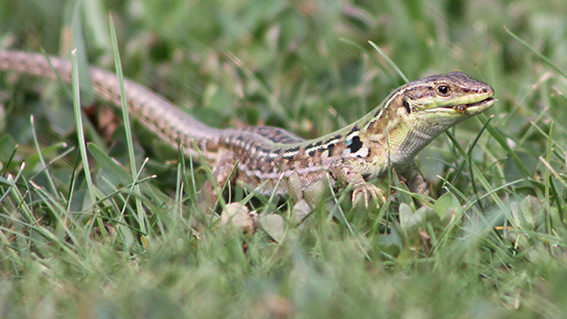
A European wall lizard in the gardens of Agriturismo Gli Archi di Corsanello, Ville di Corsano, Tuscany, Italy. By Andy Hollis.
Another surprise was waiting for me in the dining room in the apartment. A tropical-looking Italian tree frog was perched on a wall, occasionally giving off a loud call. I ushered it out, using a broom and dustpan, but it must have liked in there as it soon returned.
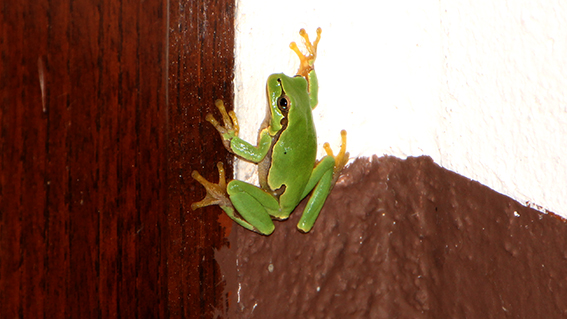
An Italian tree frog, in our apartment at Agriturismo Gli Archi di Corsanello, Ville di Corsano, Tuscany, Italy. By Andy Hollis.
When the wedding fun was over, I headed to Florence to soak up some art. Among the replicas of Michelangelo’s David sculpture, market stalls displayed tacky wild boar trinkets of all shapes and sizes.
But the biggest porker was the was the Il Porcellino, or the Bronze Pig of Florence. The statue is a fountain where water spouts from the boar’s mouth. People come to rub its snout and throw coins in the water for good luck.
But Florence seemed to be an urban desert in terms of wildlife – until my eagle-eyed wife spotted something running along the river bank.
I seized the opportunity to use some of my training from a Field Studies Council course on Otters, Water Voles and Other Riverside Mammals.
The animal was quite far away, but when it took to the water, I could just make it out through my zoom lens.
At first I thought it was a water vole, but it was too large, too submerged and its snout too long. But it didn’t look like an otter either, and it was mid-afternoon and otters tend to be nocturnal.
Then it dawned on me that we were looking at a coypu. These South American rodents were farmed in Europe for fur, but many escaped and cause damage to river banks, drains and crops.
The elusive otter still evades me, but I am pleased to have seen my first wild coypu.
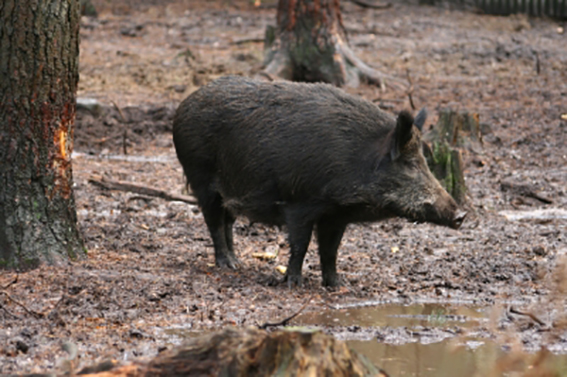
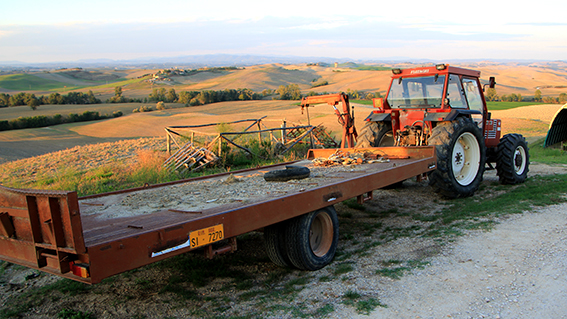
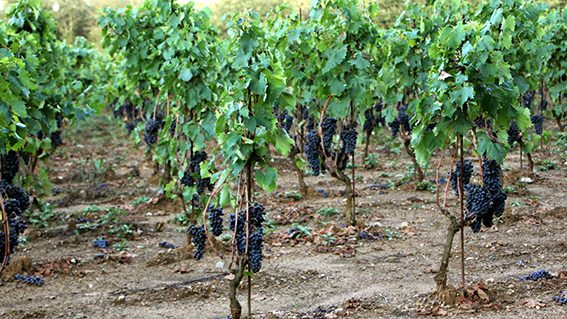
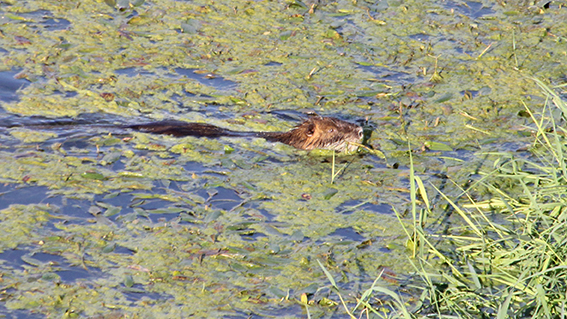
Be the first to comment on "Wild boar, coypu, lizards and raptors in Tuscany"